The only thing these two books have in common is that they are absolutely stunning, and they are broadly for a junior fiction age range. The Dog Runner, by Bren MacDibble, is another well-told ecological story; while Jillion is a journal of writing by talented kids aged 5-13. Sarah Forster recommends them both.
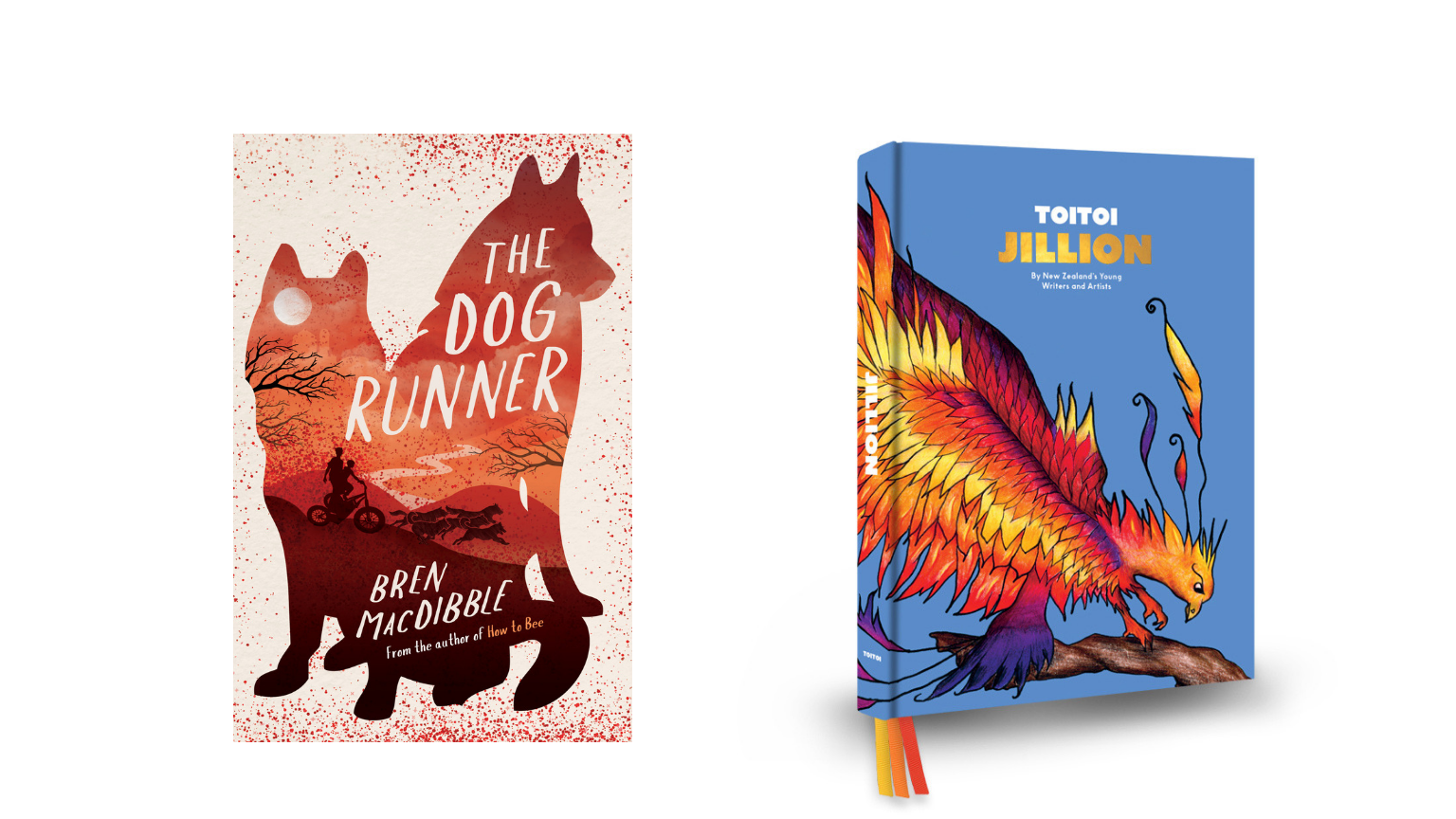
The Dog Runner, by Bren MacDibble
‘I saw on the news, before they stopped the TV stations, that there’s no grass anywhere in the whole world no more. No rice in Asia even, with all those people needing it. No maize in Africa, and no corn in America…. I think that’s why they stopped showing us the news. They didn’t want us to be scared.’
This chapter book is a new Australian fable, a tautly paced adventure story in a dystopian wasteland. The ultimate lesson we learn is that if you treat the land with respect, it will respect you back.
This chapter book is a new Australian fable, a tautly paced adventure story in a dystopian wasteland.
Ella and her older brother Emery are alone, waiting for their dad to bring Ella’s mum back from the other side of the city cordon, where she has been working on getting the solar power back up for 8 months. The city is cordoned off suburb-by-suburb, and food is scarce and outrageously expensive. They have three big dogs – Maroochy, Wolf and Bear – and some mushing gear. They have to leave.
The kids travel by dogsled. All they have to survive on is sardines, and whatever they can catch, until they get up into the outback.
When Emery is injured by some men who shoot him and leave him for dead, Ella scares the men away, stealing one of their guns, and takes over. She goes to a shed on a seemingly deserted property, and takes Styrofoam and silver tape to make a cast for her brother. And she mushes.
They head north because Emery has family there. His mum grows mushrooms, one of the very few foods that still thrive despite the red fungus that has taken over the land, and his Ba – grandfather – has been saving the old grasses, talking to Aboriginal elders about the old ways of storing grain. The last time Emery was there, they made anthills to store the grain in.
Something this book does well is look at the practises of those the land was stolen from. Emery is dark-skinned, of mixed Afghani / Aboriginal ancestry, and the place they are mushing to is his ancestral land, where he knows his mum, his Ba and grandma still live.
Something this book does well is look at the practices of those the land was stolen from.
‘It’s not easy to be someone with lots of different parts, Bell,’ Emery says. ‘I wanted to just be one. I wanted to be like Ba.’
MacDibble keeps the action moving with reasonably short chapters, with unobtrusive chapter endings. The action isn’t manufactured, but occurs naturally in the course of the narrative. While we only get inside Ella’s head, we get a sense of who Emery is, too, and what drives him – as well as the distinct personalities of the doggos that are pulling them.
Bren MacDibble was the deserving winner (under two different names) of both the Junior Fiction and YA prizes in last year’s NZ Book Awards for Children and Young Adults, and with this book she cements herself as truly talented, able to take typically adult concerns and weave a story around them that kids cannot help but be drawn in by. The Dog Runner and How to Bee share two things: a concern with the environment, and a completely kick-ass heroine.
The Dog Runner and How to Bee share two things: a concern with the environment, and a completely kick-ass heroine.
This is an expertly told tale that will lead to discussions about the environment. I’d recommend it highly as a read-aloud for a mature seven-year-old and older, or read-alone from around nine, thanks to some fairly heavy themes and scary men with guns making an appearance. I described this as The Road for young kids to my co-editor, but that’s selling it short. It is its own thing, and it is wonderful.
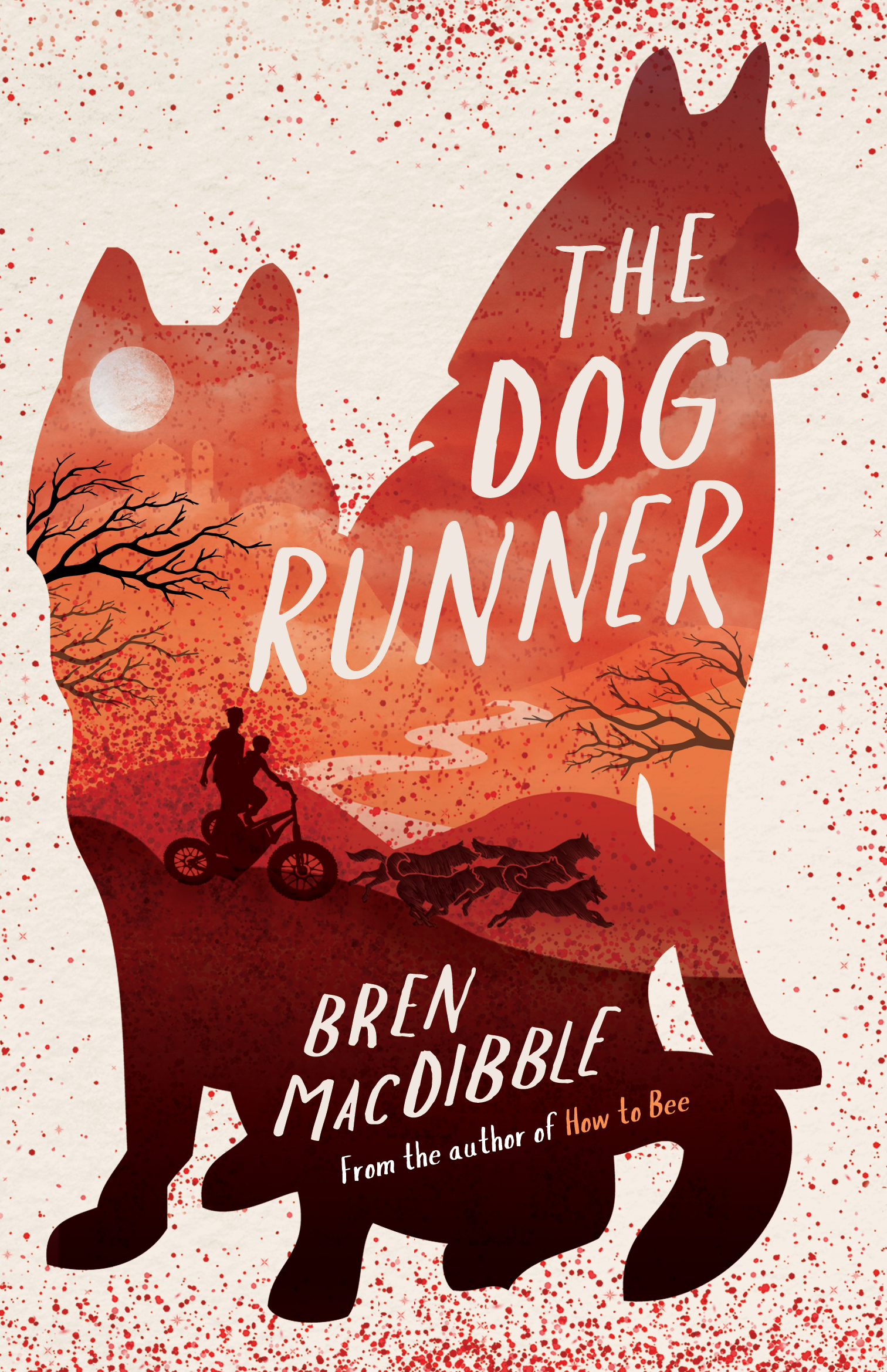
Jillion, from Toitoi
The publication standards of this journal are as good as you get. This is the best of the Toitoi journal, celebrating three years of this stunning publication of New Zealand kids’ creative work, which I wrote about in this feature in 2018. The writing and illustration do a superb job of opening up the lives of young New Zealanders from many walks of life.
It’s a tricky ask, reviewing a journal. I will start with its one flaw – the sections are good for readability, reading in chunks; but if there were themes to them, they were lost on me. But does that matter? Not a jot.Many of my favourite pieces in the journal were poems, which is unusual for my own personal tastes, but may be related to having written many angsty poems back in the day. My favourite for the mood it imparts was ‘Thirteen’, by Pippi Duncan. It took me inside the writer’s mind, as all good pieces of writing will in one way or another. Here are some lines from the beginning:
Yesterday was like foreverRemember scrawling thoughts all over our cardboard fort?A drawing on the windowA question on the floorA prophecy on the roofAnd swimming under the darkening sky
This is what thirteen was like.
I loved ‘What I can see on State Highway Three’ equally well – my favourite line, ‘I can see cows lying down, maybe rain is coming…’ sets the mood at odds with the feel of escape from routine that the poem is purportedly about. And the poem ‘The Ossler’: how brave Claudia Keys was, to take on a format like this and win. I was irresistibly drawn to it like I am to the poem ‘Jabberwocky’, for the made-up words and the use of language. ‘Down in the marshes by the fee-bandango /the creeping ossler sings/ Picking the sweet balingo flowers / under the starry rings.’
And the poem ‘The Ossler’: how brave Claudia Keys was, to take on a format like this and win. I was irresistibly drawn to it … for the made-up words and the use of language.
There are several stories and poems that are written about the recent natural disasters parts of New Zealand have experienced. ‘The Biggest Fire’ by five-year-old Sam Catton (the surname made me wonder) was a beautiful shape poem, as well as being extremely perceptive on the topic of the fire on the Port Hills. ‘A Dog Called Loyal’ is about a volcanic eruption and earthquake – from the point of view of a boy who knows his dog is always right when he wakes them at night.
What they all have in common – the stories, and the illustrations – is that they are telling the emotional truth of young New Zealanders. Many deal directly with bullying – ‘Silence’ is a good example of this, as well as some well-considered revenge. Some – for example, ‘Flying Fox’ – deal with fear of the unknown; there are several telling of fear of the ocean; others were simply well-told yarns or poems dealing with the feelings of the writer.
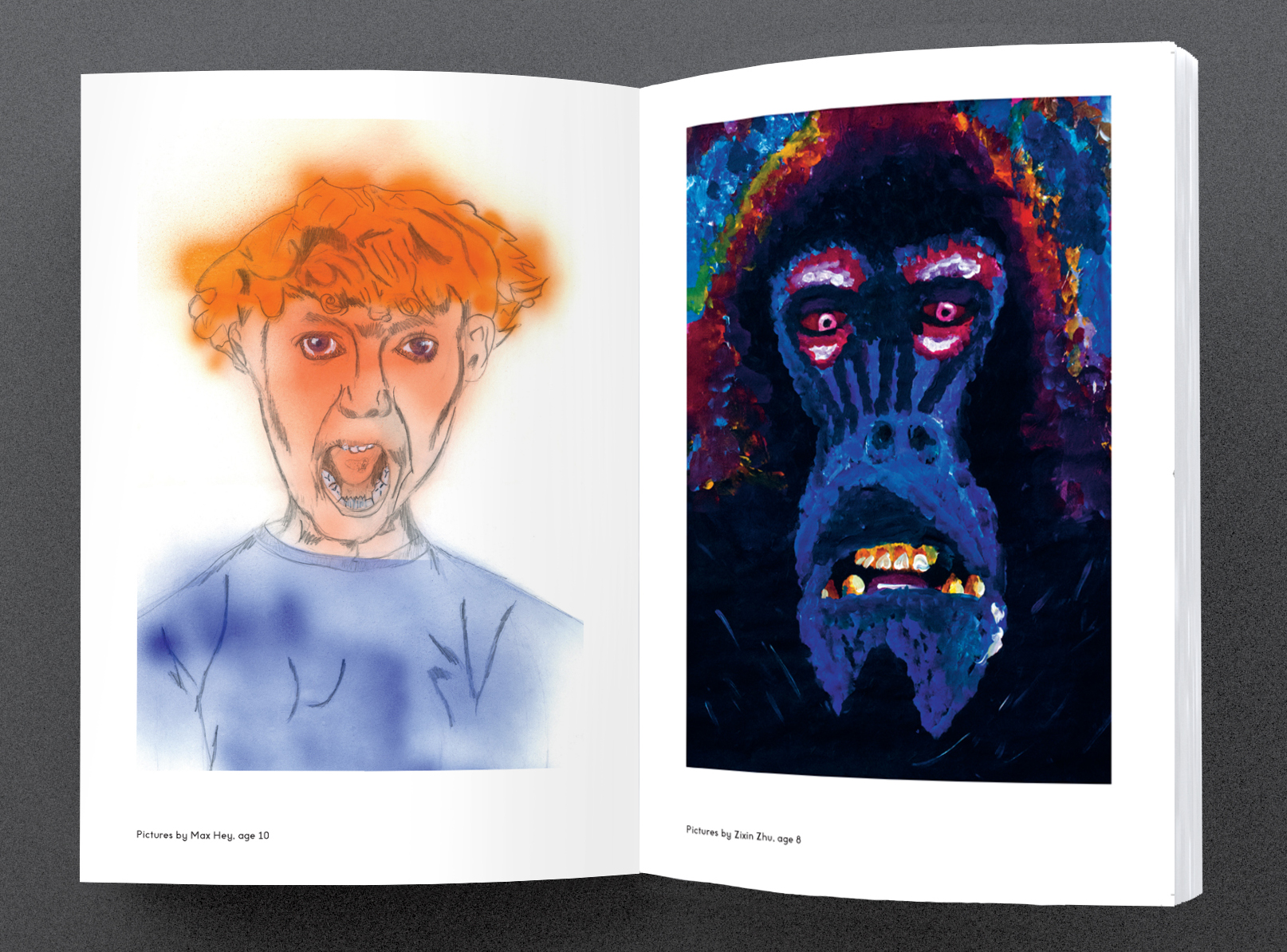
Let’s talk about these illustrations in more depth. There is a segment within ‘Suck it Up, Kathryn’ which is just the most beautifully curated art gallery. The editor responsible for these two page collections must be congratulated. Many of these illustrations are those selected for the front cover of editions of Toitoi, so they are the best of the best. We have a painting of a mountain in the dark, alongside an astronaut on the moon; a girl with freckles and wild hair, alongside a detailed kiwi; a shark with coloured waves, alongside a tin container of marbles. And my favourite of all of the spreads – a young boy screaming, alongside a gorilla. I tried to explain to my eight-year-old why I loved the way these were done, but he wasn’t convinced!
I’m pretty sure I’ve said this before, but if you haven’t yet seen a copy of Toitoi, please seek one out. And above all, if you find a copy of Jillion – it stands out, for the phoenix on the cover – please pick it up to enjoy with your kids. The stories are by kids aged five to 13, and that is the rough readership: but I think adults – parents and non-parents – need to read it too. Any insight into the minds of our kids has got to be a positive thing.
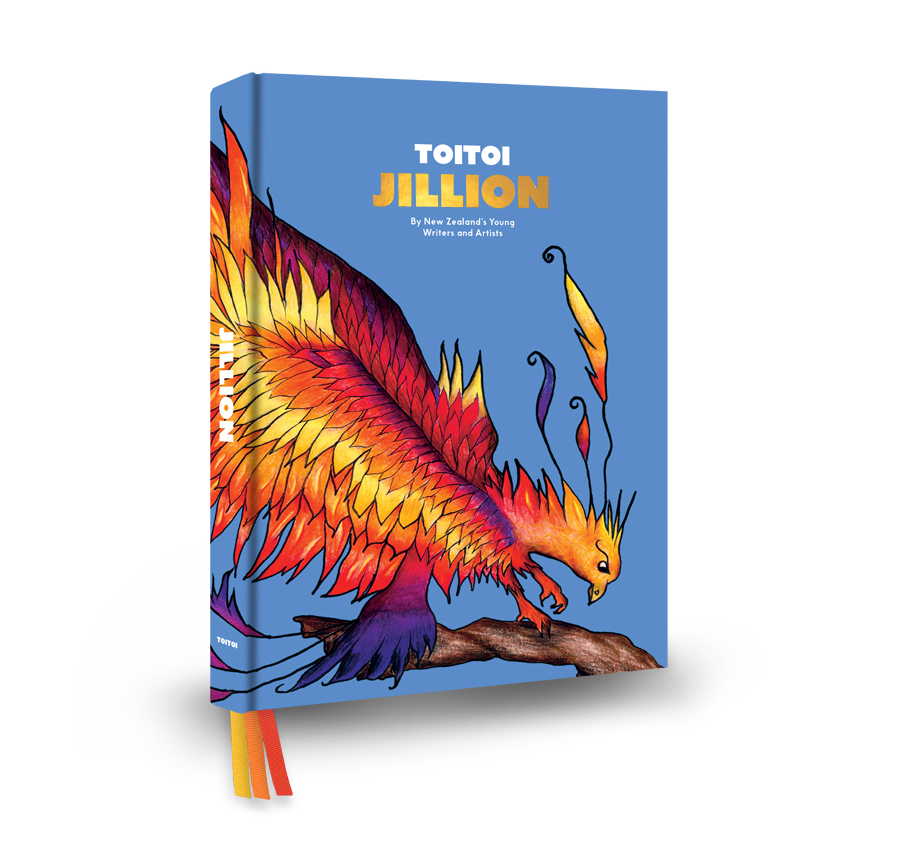
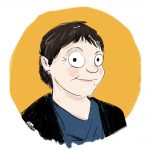
Sarah Forster has worked in the New Zealand book industry for 15 years, in roles promoting Aotearoa’s best authors and books. She has a Diploma in Publishing from Whitireia Polytechnic, and a BA (Hons) in History and Philosophy from the University of Otago. She was born in Winton, grew up in Westport, and lives in Wellington. She was a judge of the New Zealand Book Awards for Children and Young Adults in 2017. Her day job is as a Senior Communications Advisor—Content for Te Herenga Waka—Victoria University of Wellington.



